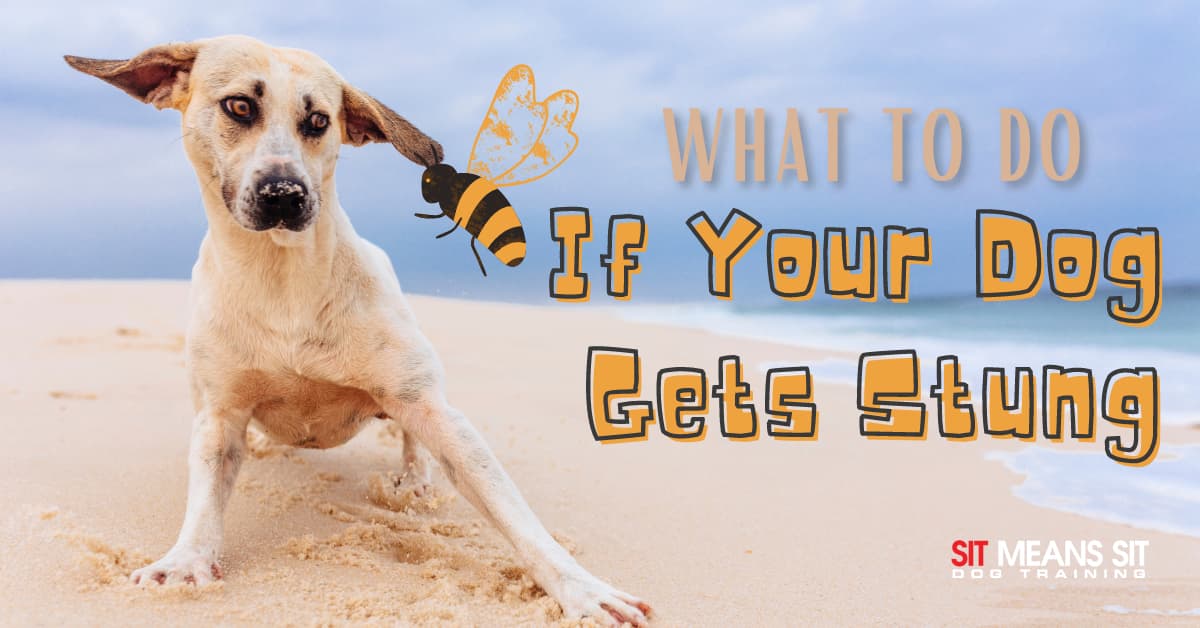
Here’s What to Do if Your Dog Gets Stung by a Bee
With spring just beginning and summer around the corner your dog’s chances of getting stung by a bee are increasing. However, many pet parents may not notice when their pup gets stung until their face swells. This is a quick guide for what to do if your companion encounters a bee.
Symptoms
Most bee stings result in an acute allergic reaction. Dogs commonly get stung on the face or paw because of their curious nature. However, stings may happen anywhere.
Mild reactions include a swollen area where they were stung and pain in the area. Your pal may also experience swelling and redness around the eyes, bumps or redness of the skin, and itchiness. Anaphylactic reactions are more severe and life-threatening. This includes severe swelling and itching, hives, vomiting, diarrhea, collapsing, staggering, or difficulty breathing after being stung.
What To Do
Veterinary care is needed if your pup is showing symptoms of an allergic reaction. You should also remember the ABCs of bites and stings: Assist, Baking soda, and Cool Compression.
Assist your dog in locating and removing the stinger. A honeybee’s stinger detaches after stinging, whereas wasps or bumblebees do not. You should use tweezers or a credit card to pluck or scrape the stinger out without applying pressure on the venom sac. Here is a tool to help remove the venom and stinger from a bite or sting. If you are not comfortable or confident in performing the extraction, wait for your vet to do it.
Baking soda mixed with water will create a paste that can be applied to the sting site. The paste will help neutralize the acidic venom of the sting.
Additionally, cool compression to the area will reduce pain and swelling by slowing the spread of the venom. Mild symptoms can quickly become severe. So, if your pal displays any severe symptoms, contact your vet immediately.
Prevention
Keep an eye out for bees and beehives when outside with your dog. You should discourage your four-legged friend from exploring under porches, houses, shrubs, or other locations that could house nests or hives. By promptly seeking vet care, you can minimize the effects of the sting. This assures that your best friend continues to have safe and enjoyable experiences with the outdoors.
Don’t let your fear of insects stop you from planning outdoor activities with your furry friend! You know what signs to look for and what actions to take if your pal does get stung. So get out there and explore the great outdoors with your best friend!
